Collection |
Collections
Filters
-
Collection Type
-
-
Collection |
 Key Advances in Endocrinology
Key Advances in Endocrinology
The Key Advances in Endocrinology collection offers expert insight into the most important discoveries made each year, and is an essential resource for students, physicians and clinical researchers.
-
Collection |
 Progress towards the Sustainable Development Goals
Progress towards the Sustainable Development Goals
The year 2023 marks the mid-point of the 15-year period envisaged to achieve the Sustainable Development Goals, targets for global development adopted in September 2015 by all United Nations Member States.
Image: © Springer NatureOpen for submissions -
Collection |
 Glucagon: celebrating 100 years
Glucagon: celebrating 100 years
This collection of articles marks 100 years since the discovery of glucagon.
Image: Jennie Vallis -
Collection |
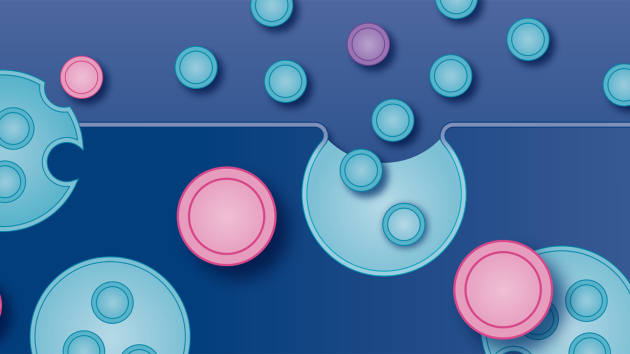 Extracellular vesicles
Extracellular vesicles
Selected, recent articles from across the Nature Portfolio that document the recent progress in understanding the biology of EV-mediated cell–cell communication and advances in clinical translation of EVs.
Image: Vicky Summersby -
Series |
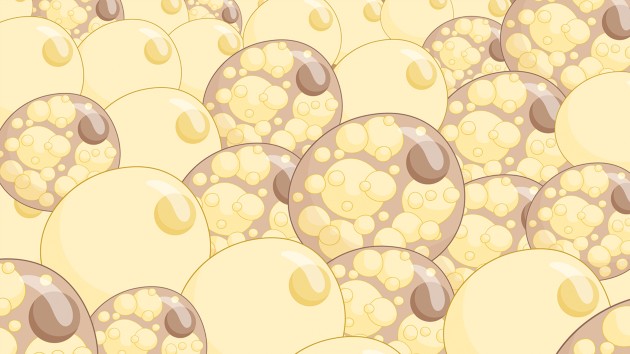 Physiology and pathophysiology of adipose tissue
Physiology and pathophysiology of adipose tissue
In mammalian physiology, adipose tissue has many important roles, including in energy storage, metabolism, lactation and non-shivering thermogenesis.
Image: Jennie Vallis/SpringerNature -
Collection |
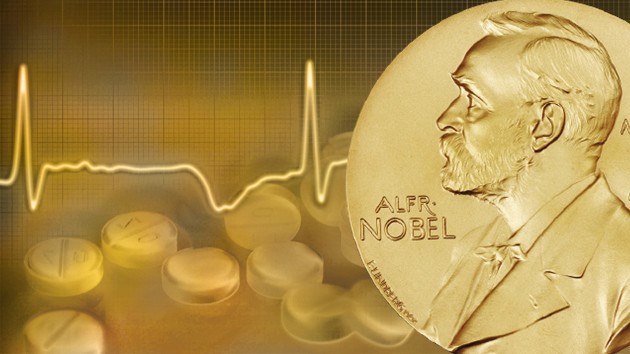 Nobel Prize in Physiology or Medicine 2021
Nobel Prize in Physiology or Medicine 2021
The 2021 Nobel Prize in Physiology or Medicine was awarded to David Julius and Ardem Patapoutian "for their discoveries of receptors for temperature and touch."
Image: Springer Nature/The Nobel Foundation/Imagesource -
Milestone |
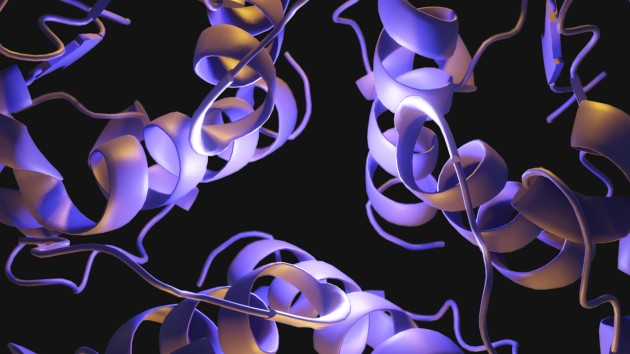 Diabetes
Diabetes
2021 marks the centenary of the discovery of insulin. Since that landmark discovery, huge advances have taken place in our understanding of the pathogenesis of type 1 diabetes and type 2 diabetes, as well as improvements in the treatment of patients with diabetes.
Image: Chris Ryan -
Collection |
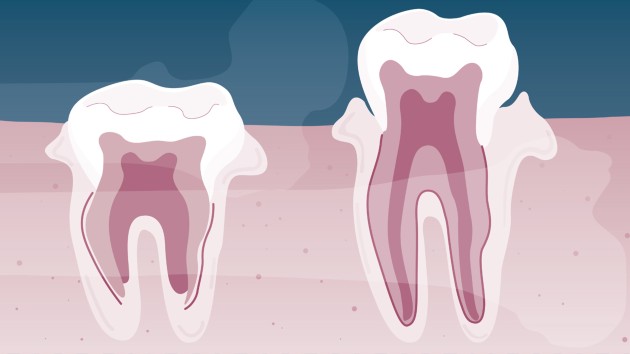 Biomineralization in health and disease
Biomineralization in health and disease
Biomineralisation, the process by which organisms produce mineralised tissues, is critical for the development of the skeleton and teeth. Bone functions as an endocrine organ, and bones also support the body, protect internal organs and serve as anchors to muscles to enable movement. In addition, hard teeth are required to tear and grind food. Bone and teeth share several mechanisms governing their development and mineralization. This Nature Reviews Endocrinology article series includes articles from leaders in the field, as well as key advances highlighted by journal editors, that focus on physiological and pathological aspects of the hormonal regulation of biomineralisation, covering aspects of fetal and neonatal development, osteoporosis and extraskeletal calcification.
Image: Jennie Vallis/SpringerNature -
Collection |
 Women’s health
Women’s health
Research into women’s health has suffered from historical neglect and lack of funding.
Image: Lara Crow/Springer Nature Limited -
Collection |
 15th anniversary
15th anniversary
To celebrate the 15th anniversary of Nature Reviews Endocrinology, we have collated a collection of some of our most popular articles, as well as a series of Comments discussing six key articles from the past 15 years.
-
Series |
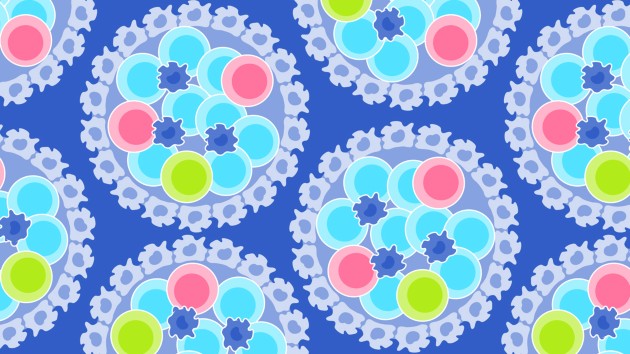 Islet biology
Islet biology
The endocrine pancreas is composed of clusters of cells, or islets, which secrete endocrine factors important for systemic metabolism, including insulin and glucagon.
Image: Jennie Vallis/SpringerNature

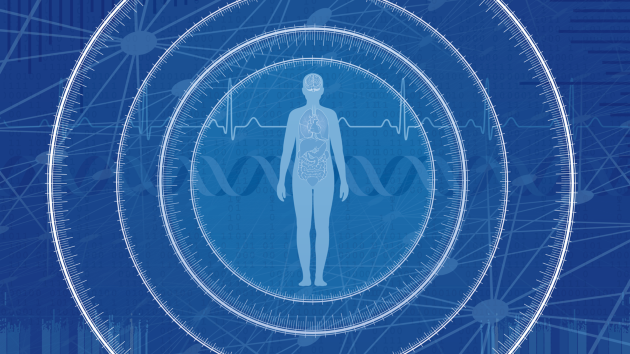 AI in health care
AI in health care